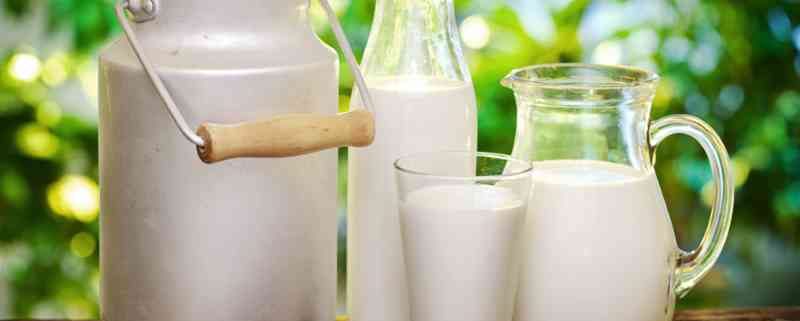UPA asks for a transparent and honest labeling that indicates the origin of the milk
The small Spanish milk producers today expressed their anger over the new attack received this week on dairy products, this time in the form of a study published by a British specialized media that has achieved a great impact in Spain.
The study focuses on the content of sugar in yoghurts and dairy desserts in the UK market, criticizing that this amount is higher than it should. UPA has recalled that the results can not be extrapolated to Spain, where the sugar content is much lower. In addition, the study does not differentiate between yogurts and dairy desserts nor does it take into account the amount of sugar naturally present in yogurt in the form of lactose.
“We are tired of being producing with the highest standards of quality, sustainability and animal welfare, offering the market a food with an enormous nutritional wealth and basic to the health of the population, to later see attacks that are ultimately leading to a decline in consumption “, declared the Secretary of Livestock of UPA, Román Santalla.
Defense of origin
UPA has valued positively the “long awaited” approval of the royal decree that will force to detail the place of origin of the milk in the containers. “It is a good measure that we have been demanding for a long time from our organization and for which we have worked intensely”, explained Santalla.
However, “a transparent labeling will not do any good if it continues to spur false or interested news that seek to end dairy,” explained from this organization.
The producers wanted to appeal to consumers to buy Spanish dairy products, because “they are good, they are healthy and they are totally recommendable”. Yogurts (natural, sugary, flavored …) are an important source of proteins and minerals such as calcium, phosphorus, magnesium, zinc, iodine and potassium, in addition to their high content of vitamin A, vitamin D, vitamin B12 and riboflavin. In fact, more than 60% of the calcium in the diet of the Spanish comes from dairy products, and it should be remembered that 75% of children of school age have calcium intakes lower than those recommended.







